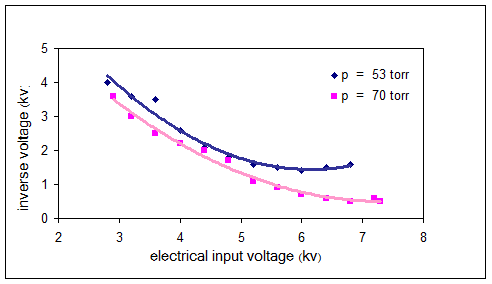The Behaviour of Inverse Voltage on Thyratron’s Anode Versus Operational Parameters in Gold Vapor Laser
Gold Vapor Laser
DOI:
https://doi.org/10.14331/ijfps.2012.330025Keywords:
Thyratron, Inverse voltage, breakdown voltage, gold vapour laserAbstract
Two gold vapor laser tubes with different lengths of 60 and 75 cm and identical diameter of 16 mm were used to investigate the behavior of inverse voltage on thyratron’s anode in the excitation circuit, versus operationl parameters such as buffer gas pressure and electrical input voltage. It was shown that, the inverse voltage on thyratron’s anode decreases with increasing of the buffer gas pressure and so electrical input voltage, individually. By optimization of these operational parameters, the lifetime of thyratron will be increased.
Downloads

Downloads
Published
How to Cite
Issue
Section
License
Copyright (c) 2012 International Journal of Fundamental Physical Science

This work is licensed under a Creative Commons Attribution 4.0 International License.










